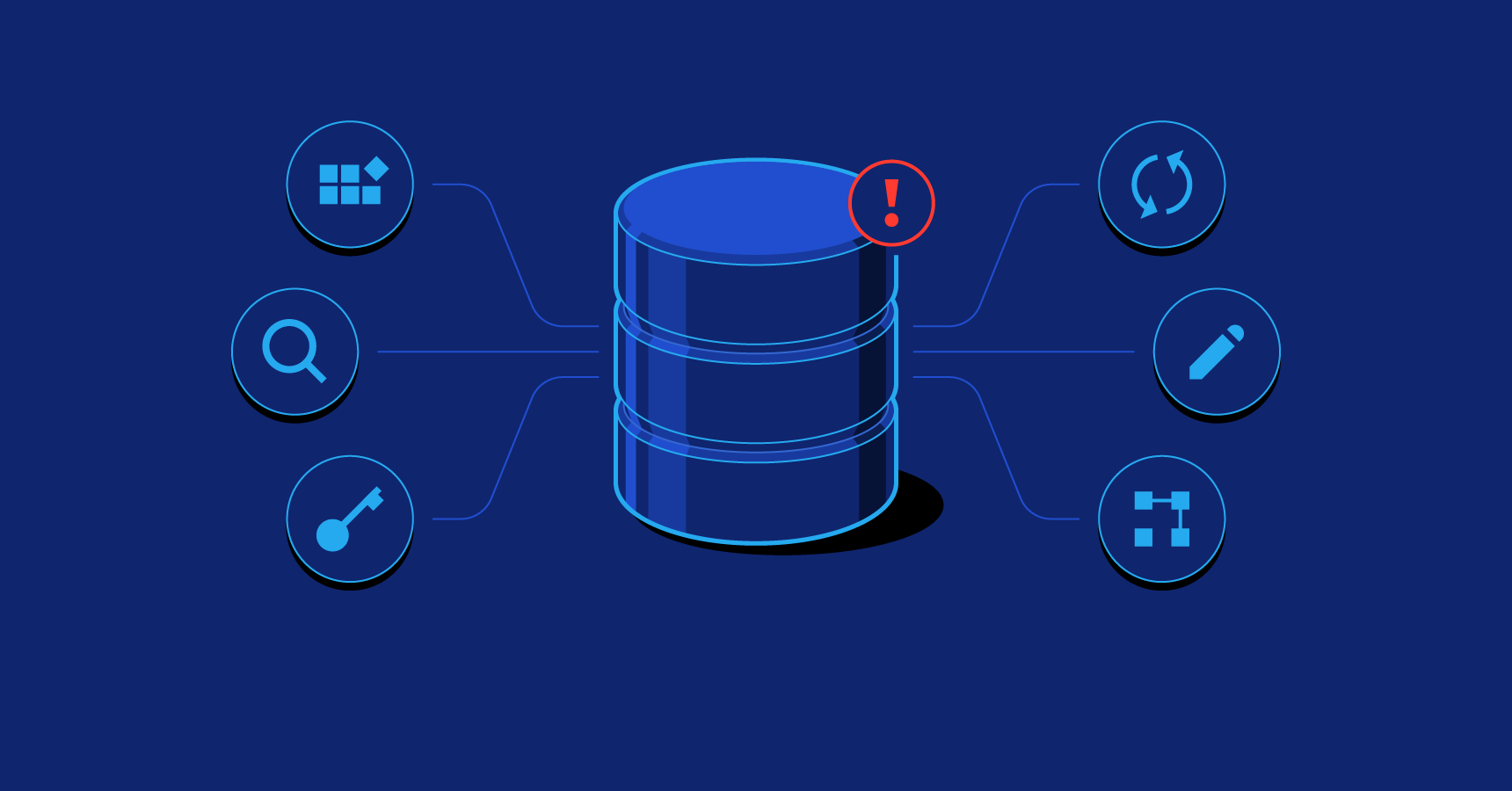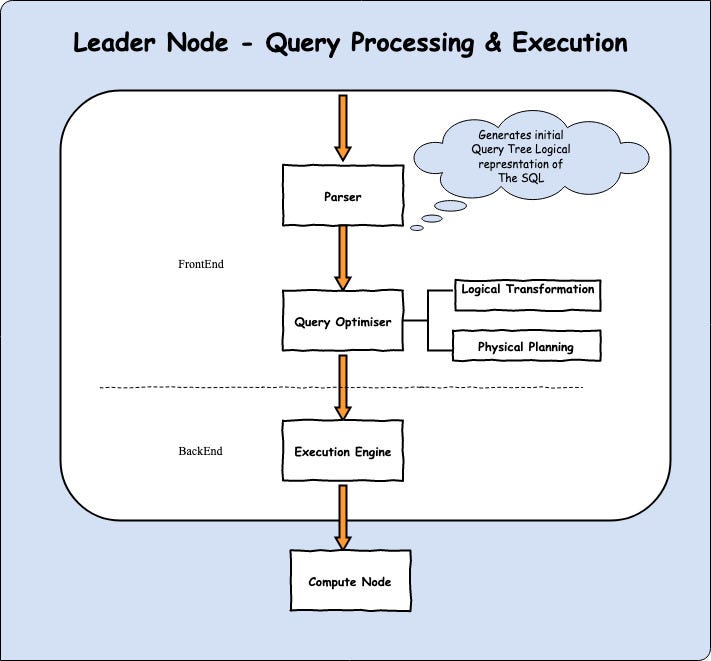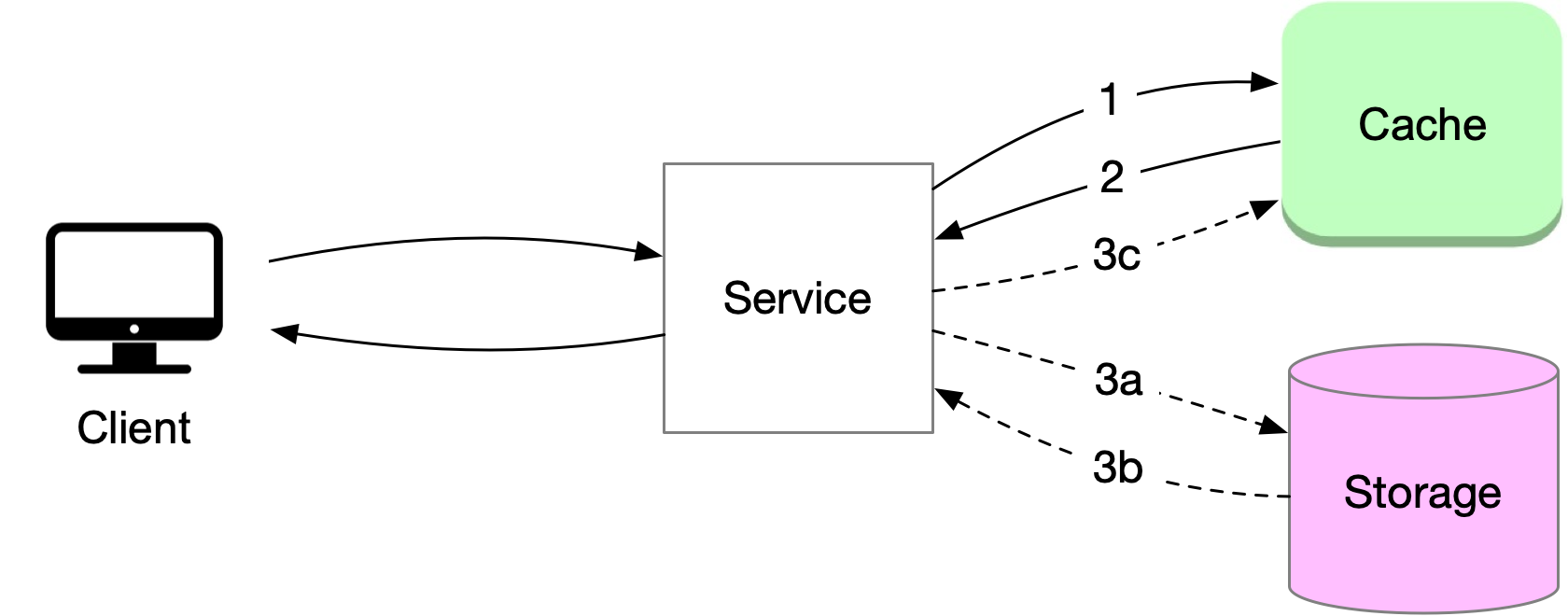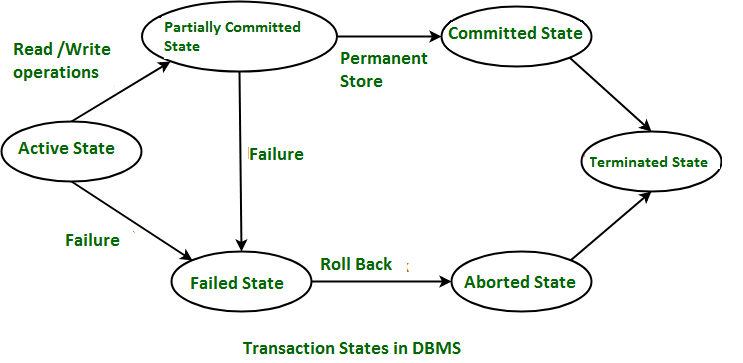Unraveling the Engineering Side of Databases: A Comprehensive Guide
 Shrikar Kulkarni
Shrikar KulkarniIn today's fast-paced digital world, databases play a crucial role in storing and managing vast amounts of data. As technology continues to advance, an increasing number of individuals from various backgrounds are entering the programming world and dealing with databases. However, not everyone might fully comprehend the engineering side of this fundamental technology. In this article, we will delve into the intricacies of databases, shedding light on their inner workings, and explore the ongoing debates in the database realm.

Understanding the Basics:
To start our journey, let's clarify some fundamental concepts. A database is a structured collection of data that allows efficient retrieval, insertion, and modification of information. Whether it's MySQL, PostgreSQL, MongoDB, or other variants, databases store data on disks, making it accessible for later use.
Parser and Execution Engine:
When you interact with a database, the query you input is parsed into a structured, understandable tree format using a parser. This conversion ensures that the database can interpret and process your requests correctly. The execution engine then comes into play, orchestrating the various components to handle the query efficiently. It optimizes execution, aiming for speed, performance, and resource utilization.

Cache: Enhancing Database Performance:
The cache is a critical component in the database architecture, acting as a temporary storage space for frequently accessed data. It helps avoid repeated expensive disk reads by keeping the most commonly used data in a faster-access memory location. Redis is one example of a database specifically designed to excel in caching, delivering impressive performance improvements.

Storage Engine: Where Data Meets Disk:
Databases consist of two primary parts: the data file and the index file. The data file stores the actual data, while the index file contains metadata that makes searching the data more efficient. Various storage engines, such as B-trees and B+ trees, handle data organization and retrieval, ensuring optimal data access and storage.
-768.webp)
Transaction and Recovery Managers: Ensuring Data Integrity:
Transaction management is crucial for maintaining data integrity and consistency. It allows multiple operations to be grouped together, either succeeding entirely or failing entirely, to prevent data corruption. The recovery manager utilizes an append-only data structure to ensure data durability, a concept reminiscent of blockchain's immutability.
For example, a bank transaction is a single unit of work that must be either entirely successful or entirely unsuccessful.

The Database War: Debates and Advancements:
The world of databases is rife with debates and competition. Experts continually explore new ways to improve database performance, scalability, and usability. From storage engine advancements to cache optimization, various database engines provide developers with the best possible solutions.
Conclusion:
Understanding the engineering side of databases is essential for any aspiring developer, irrespective of their background. The intricacies involved in database design, storage, and optimization impact the overall performance and reliability of applications. By exploring the different components, such as the parser, execution engine, cache, storage engine, and transaction manager, developers can make informed decisions when selecting the right database for their projects.
Remember, staying up-to-date with the ongoing debates and advancements in the world of databases is crucial for keeping your skills sharp and ensuring your applications perform at their best. Whether you're a seasoned developer or just stepping into the world of programming, mastering the engineering side of databases will undoubtedly empower you to tackle data-related challenges with confidence.
Credits:
A special thanks to Hitesh Choudhary for creating the informative video that inspired and contributed to the content of this article. Check out their YouTube channel for more insightful content on engineering in the programming world.
Subscribe to my newsletter
Read articles from Shrikar Kulkarni directly inside your inbox. Subscribe to the newsletter, and don't miss out.
Written by
